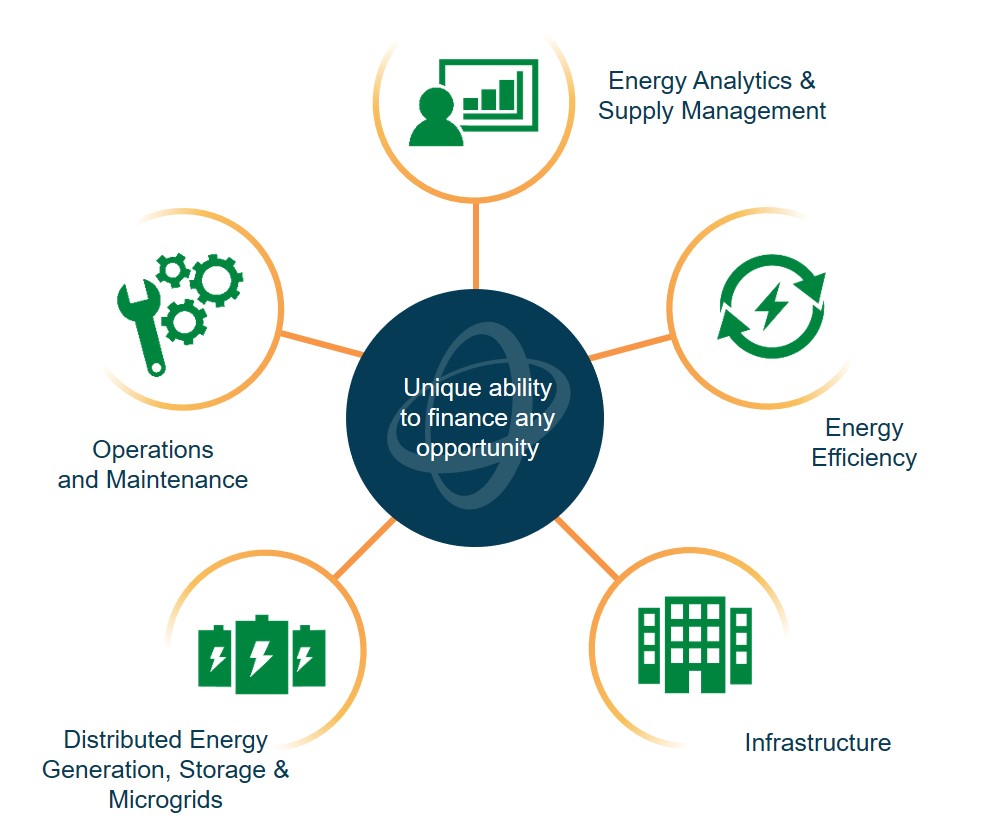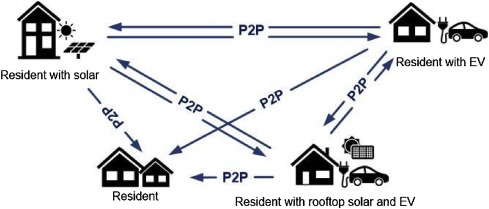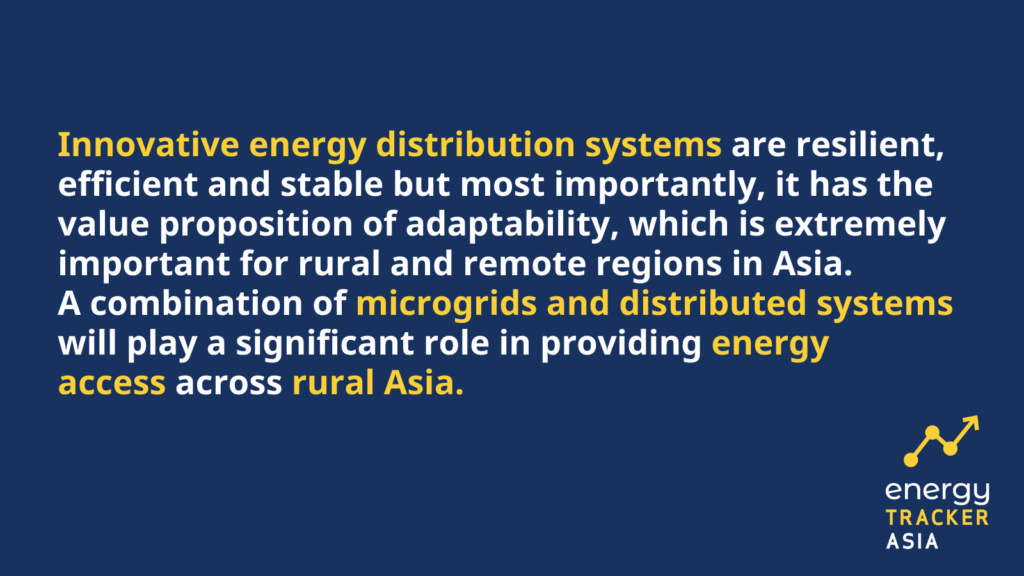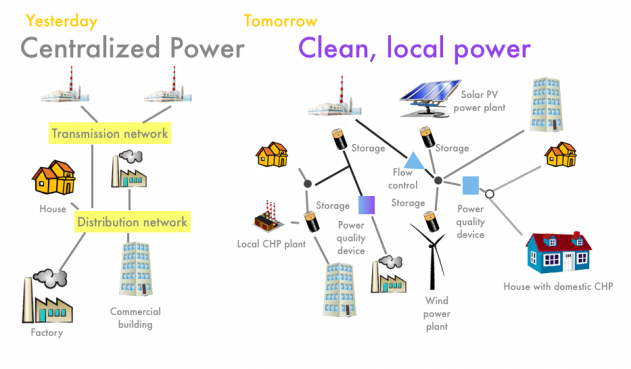Innovative Energy Distribution Systems for a Fair and Just Energy Transition
Audley C Bullock/Shutterstock.com
20 January 2022 – by Eric Koons Comments (0)
The COVID-19 pandemic has been instrumental in identifying several global energy distribution systems issues. From energy shortages in China to freezing temperatures in Texas, major power systems have been failing to meet demand. These issues are mainly present in the most common model – large, centralised utility companies. Large electric utilities are vertically integrated, controlling power generation, transmission and distribution lines. Consequently, this forms natural monopolies placing regional customers at the mercy of utility companies.
The Monopoly of Large Utility Companies on Energy Distribution
Whether these companies are private or public, research shows that there isn’t a significant difference in performance. The lack of competition reduces the need for utilities to innovate and provides an environment ripe for inefficiencies. It’s also a hurdle in improving energy efficiency. Hence, the pandemic and growing demands towards decarbonisation, decentralisation and digitisation have proven that single vertically integrated monopolies are not a long-term solution for issues relating to energy transmission systems.
The Failing of Energy Distribution System in Asia
The primary role of the energy sector is to provide reliable, secure, and affordable access to electricity. Yet more than 132 million people in Asia lack access to cheap electricity. Countries in South Asia are especially prone to regular power outages and increased electricity rates and electricity losses, putting pressure on industries and impacting economic growth. While the current energy distribution systems in place are not solely to blame, they play a large part. It makes developing large power grids in remote locations, like islands throughout Indonesia, very costly and inefficient. But there are better alternative models that can, and should, be implemented.
While Asian markets have been slow to change, Europe has been more proactive. In 2014, Peter Terium, CEO of German utility RWE, summed up the importance of changing trends in the energy sector, stating that his company’s operating model was “collapsing under us.”
The European market is already transitioning towards a greener future, allowing disruptive competitors to enter the market with innovative models that enable affordable and reliable electricity access.
Innovative Energy Distribution Systems
A key focus point for these new models is developing a resilient, efficient and stable electric system. This has the value proposition of adaptability, which is extremely important for rural and remote regions in Asia. In other words, a combination of microgrids and distributed systems will play a significant role in providing energy access across rural Asia.
Furthermore, traditional business models cannot support these energy systems. They require new innovative approaches to make smaller and distributed systems cost-effective without the typical economies of scale used with vertically integrated utility companies. In short, some business models are better than others.
Energy As a Service (EaaS)
EaaS is an energy distribution business model where operators offer energy-related services to consumers rather than only supplying electricity. These services can include energy advice, asset installation (renewable energy projects and battery storage systems), financing and energy management solutions.
By coupling hardware with educational resources and financial assistance, the system gives consumers more power to determine where and how they get their electricity. Ultimately, this promotes the deployment and operation of distributed energy resources and demand-side management, creating more flexibility.
Service providers move profits from direct consumer energy consumption to fixed fee subscriptions and performance-based contracts. Both align the goals of the service provider and consumer, so when one benefits, so do the other.

Peer-to-Peer (P2P)
P2P facilitates a marketplace where producers and consumers can trade electricity without an intermediary. It can be thought of as the “Uber” or “Airbnb” of energy, as it provides a platform that allows locally distributed energy generators to sell their electricity at a desired price to consumers willing to pay that price. In short, it is a critical step in promoting the rise of prosumers and consumer-centric energy distribution.

Community Ownership – Micro Electricity Grid Strategy
Community projects are typically micro-grids, which are directly owned by the community. They provide flexibility for community members, allowing specialised systems to meet each community’s unique needs and energy use. Additionally, when connected to larger grids, they distribute risk, which increases the reliability and resilience of the power production system as a whole. It’s not a complex system.
Not only do they provide socio-economic benefits, along with low-cost renewable energy to the local community, they also ensure that energy-related assets and energy networks are collectively owned and managed by their users, supporting energy independence.

Distribution Systems Will Push Energy Efficiency Forward
Increasing electrification in Asia and globally relies on adopting innovative energy distribution models. A focus on providing independence for consumers not only increases electrical grid resiliency but spurs innovation in the industry. Above all, this drives improved energy efficiency and accelerates economic growth.

by Eric Koons
Eric is a passionate environmental advocate that believes renewable energy is a key piece in meeting the world’s growing energy demands. He received an environmental science degree from the University of California and has worked to promote environmentally and socially sustainable practices since. Eric’s expertise extends across the environmental field, yet he maintains a strong focus on renewable energy. His work has been featured by leading environmental organizations, such as World Resources Institute and Hitachi ABB Power Grids.
Read more